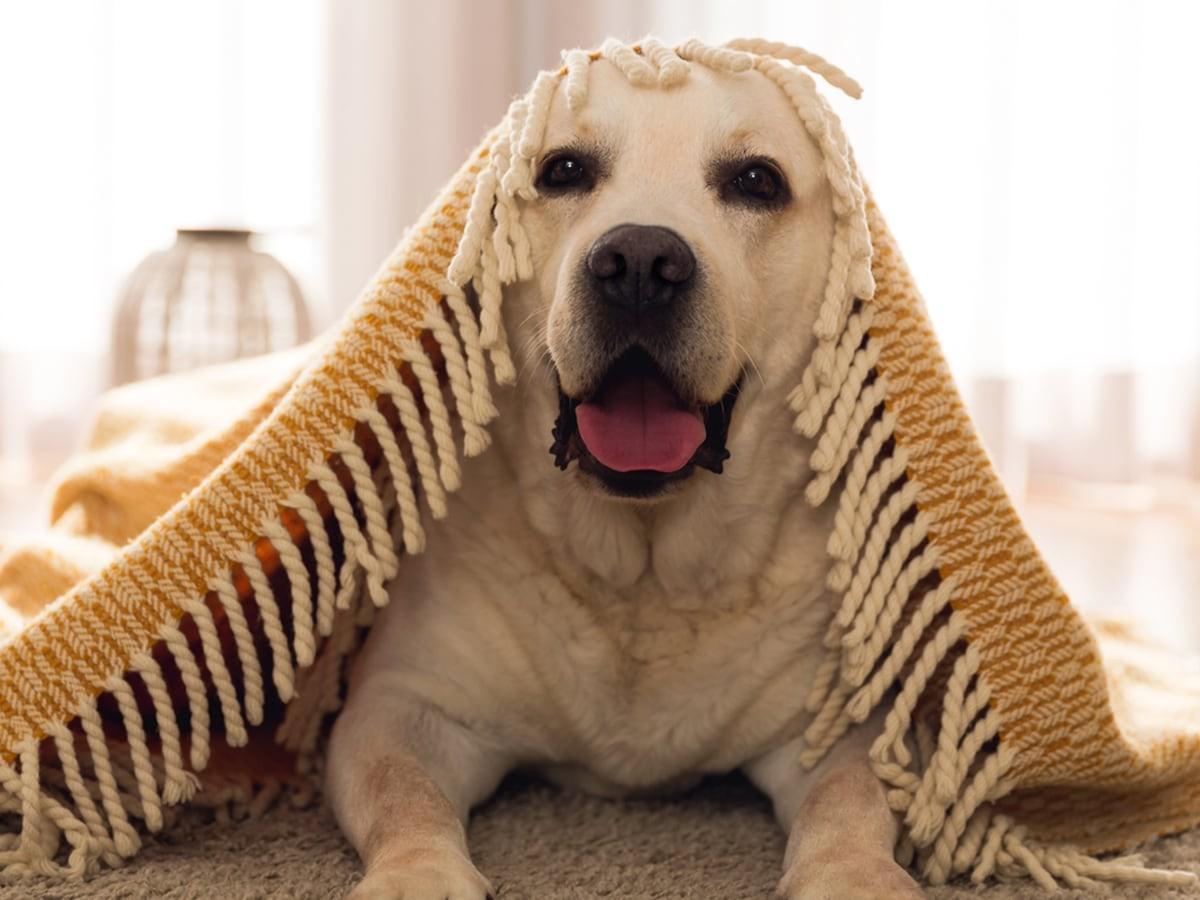Dogs are loyal and social animals that thrive on human interaction and companionship. However, there are times when you may need to leave your furry companion on their own. Whether it’s for a few hours while you run errands or for an extended period while you’re at work, it’s important to understand how to properly care for your dog when you’re not around. Here’s some things you should know about leaving dogs on their own.
Understand Your Dog’s Needs
Before leaving your dog alone, it’s important to understand their needs. Dogs require daily exercise, mental stimulation, and socialization to help maintain their physical and mental wellbeing. If you leave your dog alone for extended periods without meeting these needs, it can lead to boredom, destructive behavior, and anxiety. Consider your dog’s age, breed, and activity level when planning how long they can be left alone.
How Long You Can Leave Your Dog Alone
The amount of time a dog can be left alone depends on several factors, including their age, breed, and individual needs. As a general guideline, adult dogs can be left alone for 4-6 hours per day, while puppies may require more frequent attention and care. Puppies have different needs than adult dogs, and they require more frequent attention and care. As a general guideline, puppies can be left alone for about 1 hour for every month of age.
Provide a Safe and Comfortable Environment
Ensure that your dog has access to a safe and comfortable environment when you’re away. This can include a cozy bed, access to fresh water, and a designated potty area. Consider crate training your dog if they are prone to destructive behavior when left alone. A crate can provide a secure and comfortable space for your dog to relax in while you’re away.
Practice Gradual Departures
If your dog isn’t used to being left alone, it’s important to practice gradual departures. Start by leaving your dog alone for short periods of time and gradually increase the duration. This can help your dog get used to being alone and minimize separation anxiety. Provide your dog with a special toy or treat to distract them while you’re away.
Avoid Leaving Your Dog Alone for Extended Periods
While it’s possible to leave your dog alone for several hours at a time, it’s not recommended to leave them alone for extended periods. Dogs are social animals and require regular human interaction to maintain their well-being. If you’re away from home for extended periods, consider alternative options such as doggy daycare or hiring a pet sitter.
Train Your Dog to be Alone
Training your dog to be alone can help prevent separation anxiety and destructive behavior. Start by leaving your dog alone for short periods of time and gradually increase the duration. Provide your dog with a special toy or treat to distract them while you’re away. Consider using a pheromone diffuser to help your dog relax and feel comfortable while you’re away.
Signs of Separation Anxiety
It’s important to recognize the signs of separation anxiety in your dog, such as excessive barking, destructive behavior, and inappropriate urination or defecation. Understanding these signs can help you take steps to prevent or address separation anxiety in your dog.
Use Technology to Monitor Your Dog
There are many technological solutions available to monitor your dog while you’re away, such as cameras, GPS trackers, and automated feeders. These tools can help you keep an eye on your dog and ensure they are safe and comfortable while you’re away.
Leaving Your Dog Alone Overnight
Leaving your dog alone overnight requires additional preparation and consideration. Ensure that your dog has access to food, water, and a designated potty area. Consider leaving a comforting item, such as a piece of clothing with your scent, to help your dog feel more relaxed.
Socialization and Training
Proper socialization and training can help prevent behavior problems and separation anxiety in your dog. Consider enrolling your dog in obedience classes or socialization groups to help them develop good behavior and positive relationships with other dogs and people.
Hiring a Professional Pet Sitter or Dog Walker
If you’re unable to care for your dog while you’re away, consider hiring a professional pet sitter or dog walker. These professionals can provide personalized care and attention to your dog and ensure that they are safe and comfortable while you’re away.
Alternative Options for Long-Term Absences
If you need to be away from home for an extended period, consider alternative options such as boarding your dog at a reputable kennel or hiring a long-term pet sitter. These options can help ensure that your dog receives the care and attention they need while you’re away.
How Spot Pet Insurance Plans Can Help
Spot Pet Insurance plans can help provide peace of mind for pet owners who need to leave their dogs alone. With a Spot plan, you can help ensure that your dog is covered in case of unexpected accidents or illnesses while you're away. This can help alleviate some of the financial burden of eligible veterinary bills, allowing you to focus on your dog's care and wellbeing.
In addition, Spot plan options offer coverage for behavioral problems. This can be particularly helpful for addressing separation anxiety and other behavioral issues that may arise when leaving your dog alone.
Overall, Spot Pet Insurance plans can be a valuable resource for pet owners who want to help ensure that their dogs are well-cared for and protected, even when they can't be there with them.
In conclusion, leaving your dog on their own requires careful consideration of their needs and wellbeing. Providing a safe and comfortable environment, gradual departures, and hiring a pet sitter or dog walker can help prevent boredom and destructive behavior. Avoid leaving your dog alone for extended periods and train them to be alone to prevent separation anxiety. With proper care and protection provided by a Spot Pet Insurance plan, your dog can thrive even when you’re not around.
